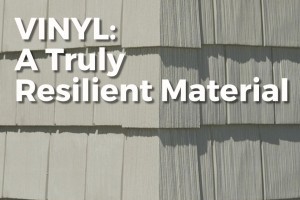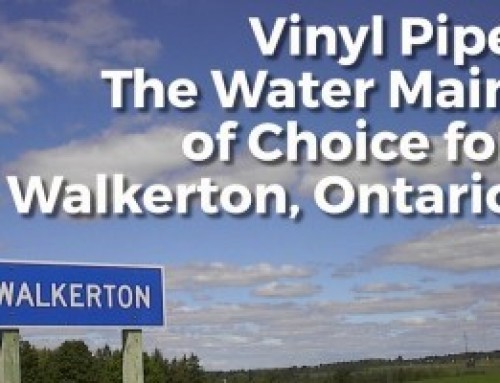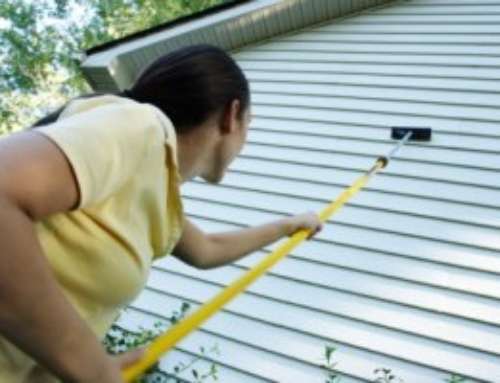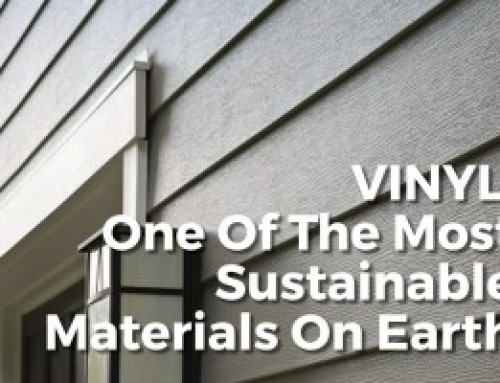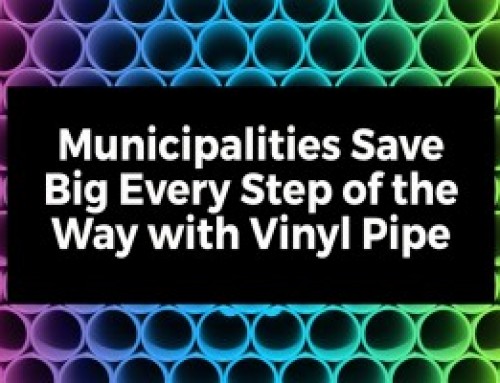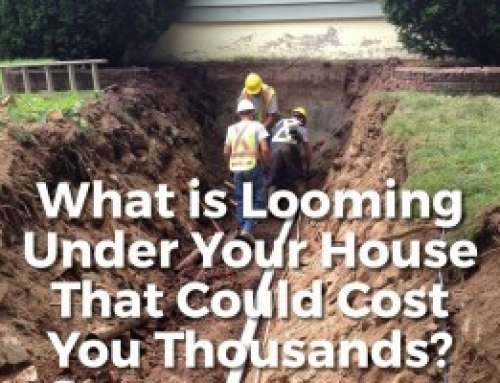If you’re an infrastructure professional you’ve probably heard the latest buzz word in our industry – Resiliency.
For us Resiliency means Resilient Infrastructure, which is infrastructure that either does not break or can be repaired and placed back in service quickly after a disaster such as a flood or earthquake.
Our roads, bridges, water mains, sewers, and treatment plants are designed mainly to withstand normal abuse from the elements in a typical year.
Very few structures are designed to withstand severe natural disasters, probably because natural disasters occur so rarely.
It would be cost prohibitive to build infrastructure that is disaster-proof, and impossible to build infrastructure that is disaster-proof for every possible disaster, so governments need to be practical.
By building resilient infrastructure through the use of resilient construction products such as Vinyl, municipalities will have infrastructure that can meet the needs of generations but that can also bounce back quickly after those rare natural disasters.
Living in Toronto most of my life I would have to say a good example of non-resilient infrastructure would be the electrical grid in the City of Toronto.
I had just moved to my new home in December 2013 when the ice storm hit.
I was lucky, I lost power for just five hours.
Many Toronto residents lost power for over two weeks, and this was right in the middle of the coldest winter on record.
The cause of most of the power outages was tree limbs, covered in heavy ice, breaking and falling down on the above-ground electrical lines.
It made for some beautiful scenery but wreaked havoc on many people’s lives.
If full power could have been restored in one week instead of two, much less hardship would have been endured.
There’s no doubt that we desperately need a more resilient electrical grid, but even that’s only a part of our total infrastructure.
There are many other things that we also need to worry about in case of a natural disaster.
When we consider buried infrastructure such as water mains and sewer pipes, the one natural disaster that poses the most serious threat would be earthquakes.
While earthquakes can cause horrible damage to roads and structures above-ground, they can also cause severe damage to underground infrastructure.
So for buried water mains and sewer pipes to be resilient, after an earthquake they have to either not break or if they break, have the ability to be repaired and reinstated as quickly as possible.
Now let’s discuss Vinyl pipe with regards to resiliency.
Vinyl water main and sewer pipe has many benefits including corrosion resistance, abrasion resistance, and superior smoothness but the two properties that make Vinyl pipe resilient to earthquakes are its flexibility and its deep insertion bell x spigot joints.
Vinyl, being a flexible pipe material, when exposed to ground movement will bend and flex significantly before it breaks.
This means that ground movement would have to be severe to break a Vinyl water main or sewer pipe.
Also, the bell x spigot pipe joints for all Vinyl pipes are very deep and allow for thermal expansion and joint deflection, which means that there would have to be significant ground separation to cause a Vinyl pipe joint to separate.
Unfortunately in a major earthquake ground movements would be severe, however Vinyl pipe is very fast and easy to repair if it does break.
All repair products and equipment are standard and widely available, and the superior smoothness of Vinyl pipe allows for quick cleaning and disinfection of water mains after repair, so water service can be reinstated in no time.
Resilient Infrastructure is kind of like insurance: most of the time you don’t need it, but when you do need it, you’re really glad you have it.
So if you’re a municipality and you’re striving to make your water and wastewater infrastructure more resilient, simply use Vinyl pipe for your buried water mains and sewers.
If an earthquake hits, you’ll be glad you did.


